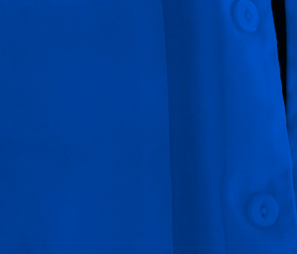Nanotechnology could yield better electronic displays : Nanotechnology research from German and American teams could allow for the development of brighter electronic displays that maintain their full colour spectrum without fading over time.
Touchscreen displays on smartphones are typically coated with a barely visible pattern made of conductive material in order to detect where the user is touching.
Researchers at ETH Zurich have developed a technique using 3D print technology to create a new type of transparent electrode, which takes the form of a grid made of gold or silver ‘nanowalls’ on a glass surface.
The walls are so thin, at only 80 to 500 nanometres, that they are virtually invisible to the naked eye, but the new electrodes have a higher conductivity and are more transparent than the indium tin oxide electrodes that are used on current generation smartphones.
According to the researchers, the more transparent the electrodes, the better the screen quality, and the more conductive they are, the more quickly and precisely the touchscreen will work.
“Indium tin oxide is used because the material has a relatively high degree of transparency and the production of thin layers has been well researched, but it is only moderately conductive,” says Patrik Rohner, a PhD student working on the project.
Instead the team opted to use gold and silver to produce more conductive electrodes that are sensitive to touch.
ETH professor Dimos Poulikakos explains: “If you want to achieve both high conductivity and transparency in wires made from these metals, you have a conflict of objectives. As the cross-sectional area of gold and silver wires grows, the conductivity increases, but the grid’s transparency decreases.”
He said that by nano-printing the conductive grid, it remained highly transparent while maintaining the benefits of high conductivity.
Meanwhile, researchers at the American Chemical Society (AMS) have developed aluminium nanoparticles that can be used to display colours in electronics, replacing traditional components that are susceptible to photobleaching, or fading.
The aluminum pixels are inexpensive and can be made in an ultrasmall size, which is useful for high resolution displays.
AMS researchers created nanostructures from the metal that exploit ‘fano interference’, an interaction between the plasmon resonance and the pixel’s array structure.
The project yielded extremely vibrant pixels that last longer than the colour technology currently used in displays.
The researchers inserted the new pixels into a liquid crystal display (LCD) that could be electrically turned on and off, successfully demonstrating their potential use in commercial displays.
Nanotechnology could yield better electronic displays
Manufacturing & Engineering Magazine | The Home of Manufacturing Industry News

















